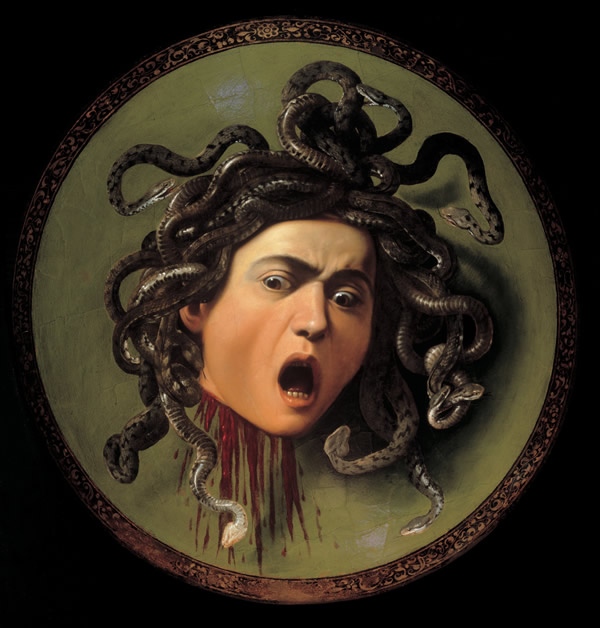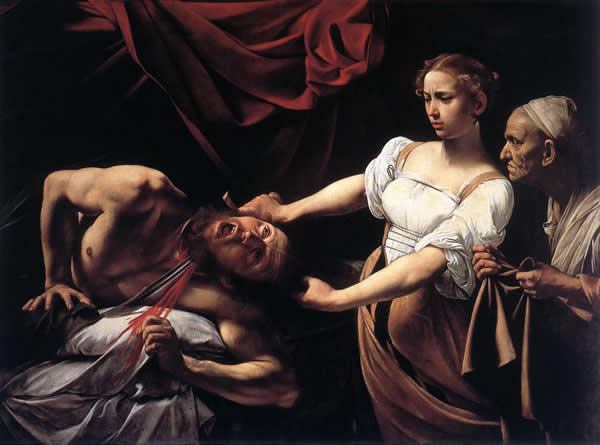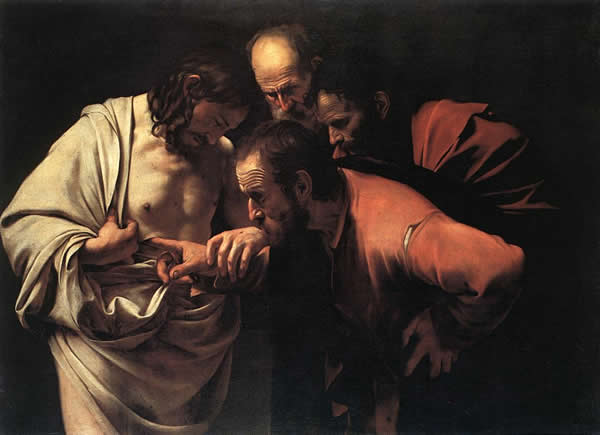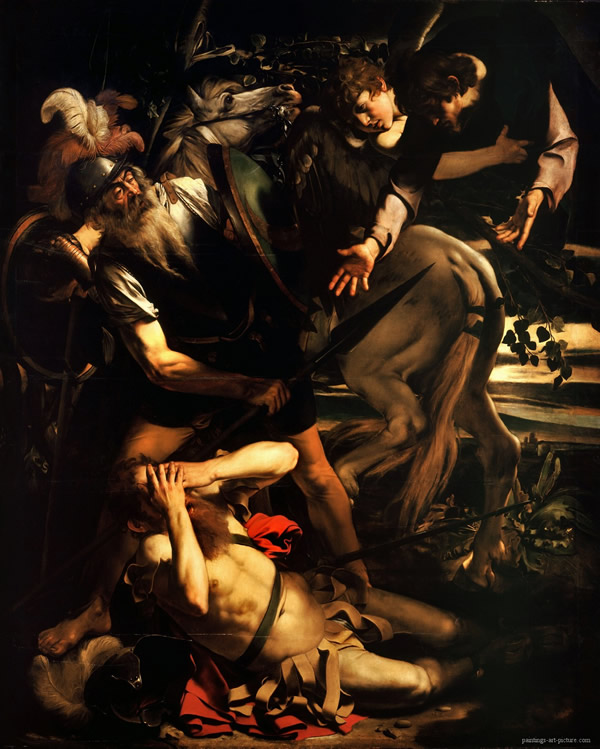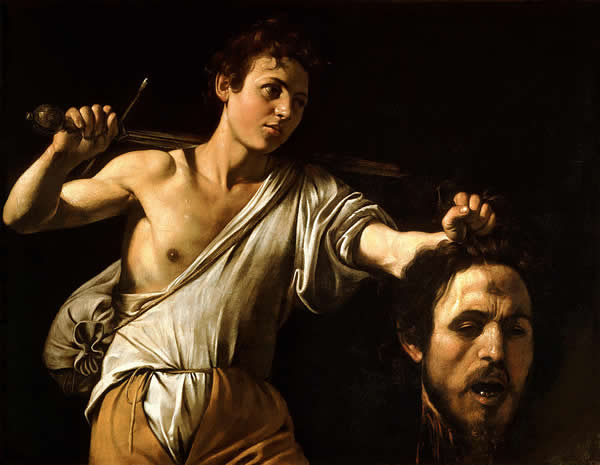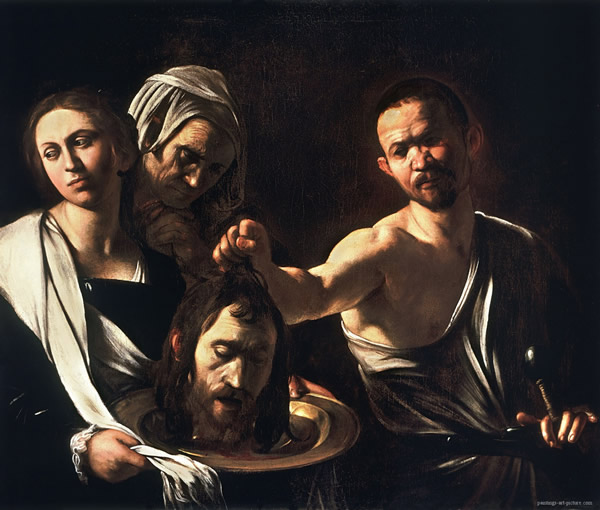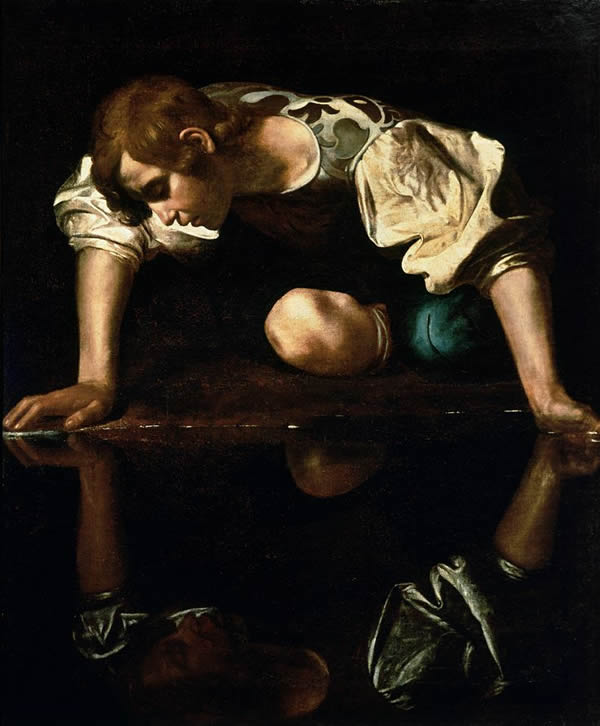Where the dark things grow
When I was undertaking art classes in high school I developed a love of Carravaggio. His paintings are dark, violent, aggressive, beautiful, and reflect the damaged person that he himself was. Carravaggio is not what you would call a likeable person, with his violent tendencies and arrogance making him a hard artist to admire if ‘not being a jerk’ is at all on your list of the required traits. Personally I can look past that. According to most accounts, towards the end of his short 38 year tenure on this planet, Carravaggio would wander from court to court deliberately seeking out ways to exercise his aggression. He carried a sword at his side, even though as he was not part of the nobility this was illegal in Rome at the time.
This longing for violence seems to have seeped into much of his work, which is saturated with the darker side of humanity, myth and religious iconography. Even in the cherubic faces of the boys he painted there is a dark menace. He was a master of the grotesque, and his paintings are a wonderful study of the horror of the human condition, and the torturous stories we create to try and suppress our nature by enforcing religious law and order through fear. At the end of the day this is simply one group’s desire to have power over another. Priests versus paupers. Yet Carravaggio’s realism was a double-edged sword, with his work sometimes rejected for being vulgar, as was he, with his talent being tempered by his inclination to violence.

